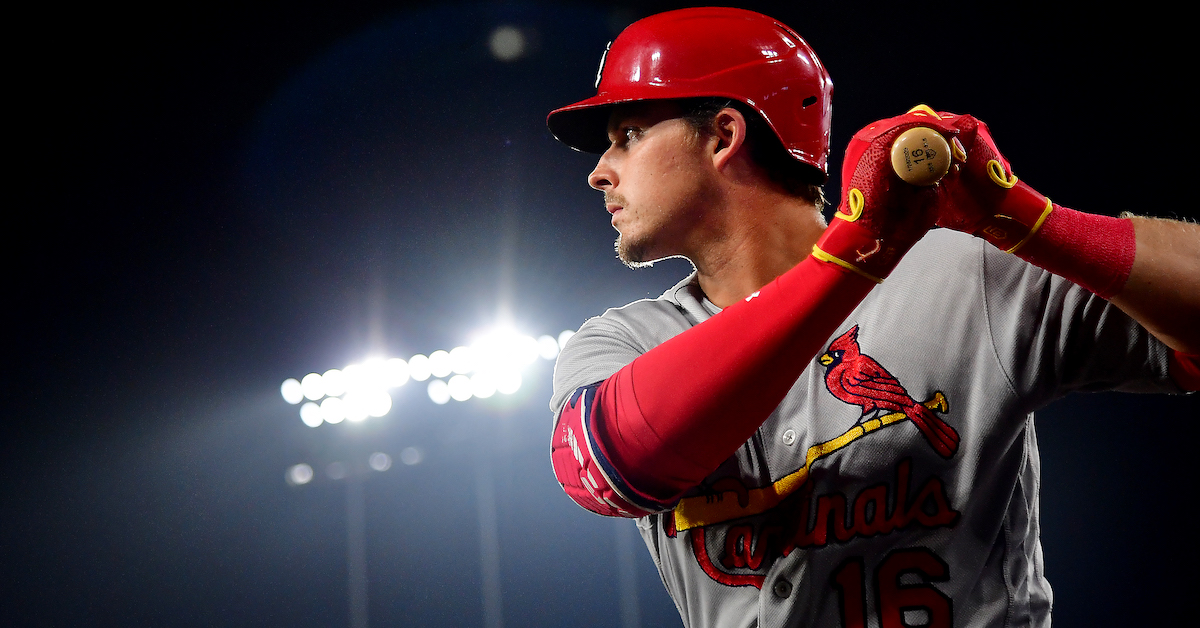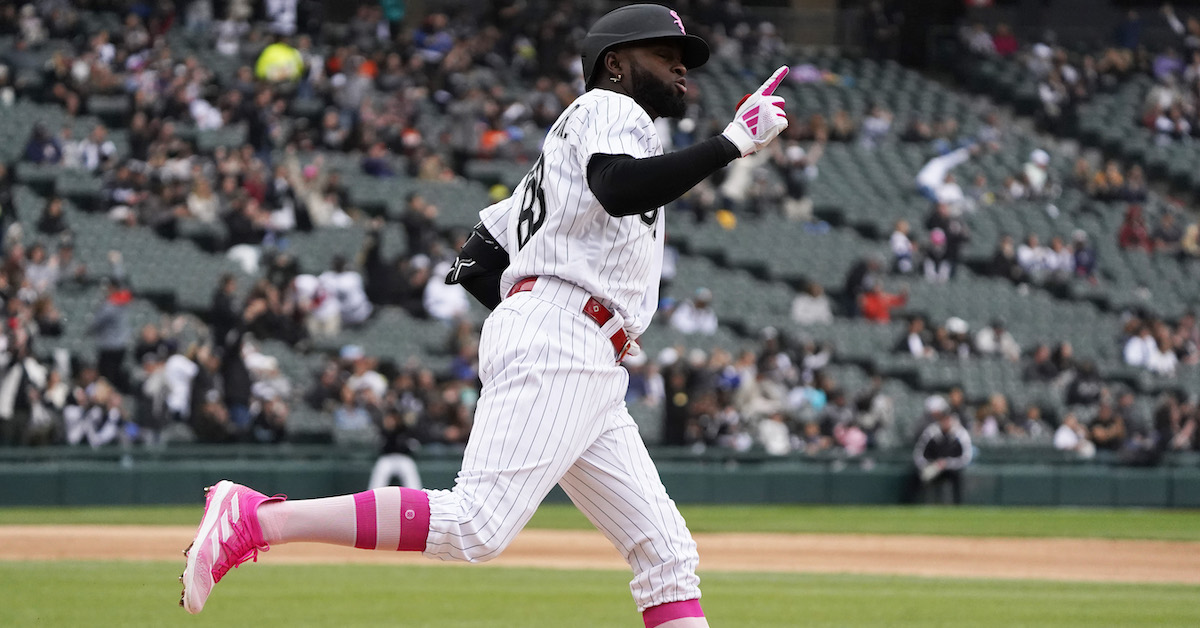The Padres and Diamond Sports Split Up

Earlier this year, Diamond Sports Group declared bankruptcy. That dry corporate action, precipitated by a huge debt burden, is starting to have real world consequences. This Tuesday, DSG missed a payment to the San Diego Padres, as Alden Gonzalez first reported for ESPN. That terminated the contract between Bally Sports (a Diamond subsidiary) and the Padres. By Wednesday, the Padres were off of Bally and broadcasting their own games via Major League Baseball.
That’s a pretty big escalation in what until now felt like a slow-moving situation. In fact, in bankruptcy court, Rob Manfred testified that the league received less than one day’s notice of this missed payment. “[They told us] less than 24 hours before they were going to go off the air that they were going to stop broadcasting Padres games,” he said. (Diamond’s lawyers have contested that timeline.) That led to the Padres terminating their contract with Bally Sports, naturally enough, and to MLB stepping in to broadcast games.
It’s no accident that the league was ready to wade into daily game production. They hired Billy Chambers, formerly a Fox Sports and Diamond Sports executive, as executive vice president of Local Media earlier this year. Hiring a regional sports network executive is a pretty good way to start building your own regional sports capabilities, and the league appears to have moved quickly here. Read the rest of this entry »








